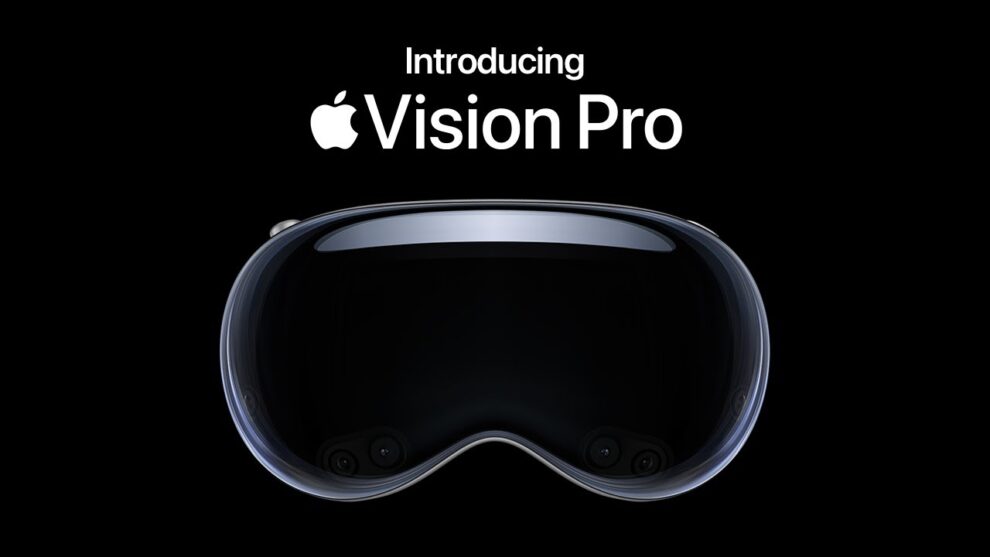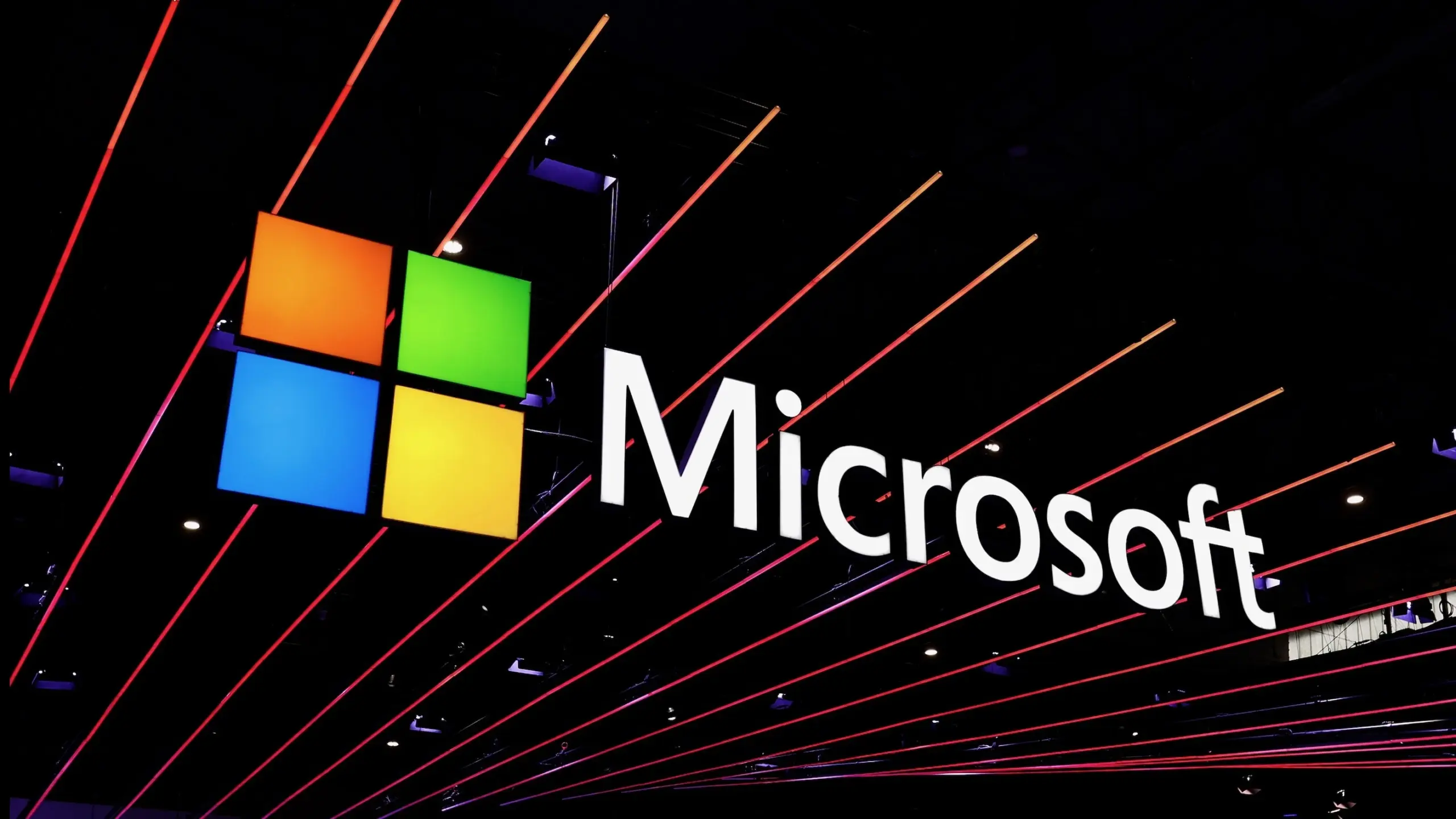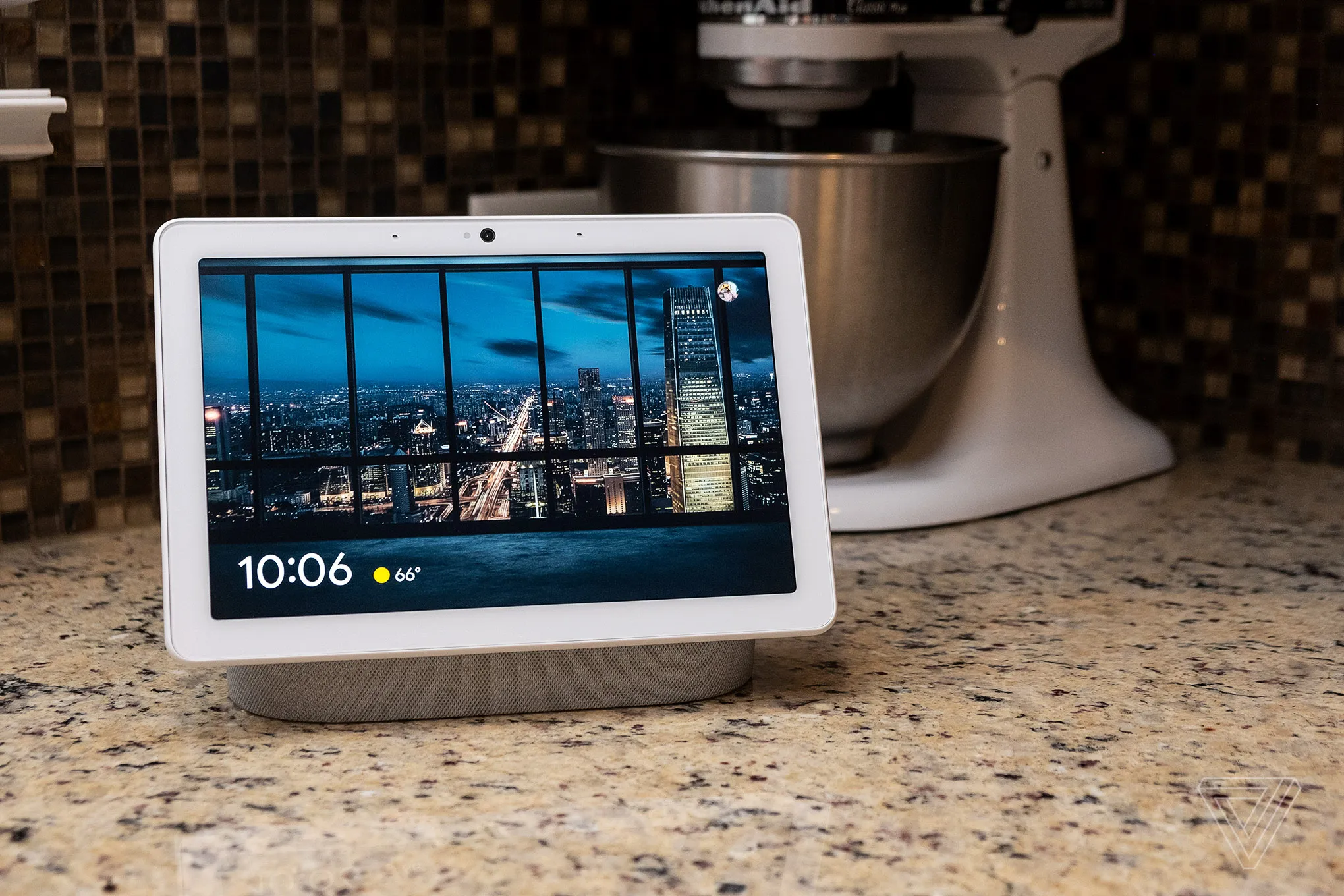Apple is reportedly doubling down on its Vision Pro headset, aiming to infuse it with cutting-edge AI features and a rich ecosystem of spatial content applications, according to a recent Bloomberg report. This move signals Apple’s ambition to position the Vision Pro not just as a futuristic gadget, but as a truly transformative computing platform. The timing? While the Vision Pro’s launch is anticipated sometime next year, the groundwork for these AI and spatial experiences is likely being laid now. The “where” is within Apple’s development labs and through partnerships with app creators. The “why” is clear: to differentiate the Vision Pro in a nascent mixed-reality market and justify its premium price tag.
This push towards AI integration could revolutionize how users interact with the Vision Pro. Imagine controlling applications with your gaze, seamlessly transitioning between virtual and real-world environments with voice commands, or even having AI assistants anticipate your needs before you even articulate them. These aren’t just futuristic fantasies; they are the potential realities Apple is striving for.
AI: The Brains Behind the Vision Pro Experience
- Intelligent Interfaces: AI could power more intuitive user interfaces. Think of it as the Vision Pro anticipating your next move, streamlining workflows, and making interactions feel remarkably natural.
- Personalized Experiences: AI can tailor the Vision Pro experience to individual preferences. Imagine personalized learning environments, customized fitness routines, or adaptive gaming experiences.
- Enhanced Productivity: AI-powered tools could boost productivity in professional settings. Architects could manipulate virtual models with hand gestures, surgeons could access patient data hands-free, and designers could collaborate on projects in shared virtual spaces.
Spatial Content: Redefining Digital Immersion
Beyond AI, the Bloomberg report highlights Apple’s focus on building a robust library of spatial content applications. This is crucial for making the Vision Pro more than just a fancy display.
- Immersive Entertainment: Imagine watching movies where you’re transported into the scene, or playing games where the virtual world blends seamlessly with your real surroundings. Spatial content is key to unlocking these immersive entertainment experiences.
- Revolutionizing Communication: Spatial communication could transform how we connect with others. Imagine virtual meetings where participants appear as lifelike avatars in a shared 3D space, or remote collaboration on design projects where everyone can interact with virtual prototypes.
- New Frontiers in Education and Training: Spatial content has the potential to revolutionize education and training. Imagine medical students performing virtual surgeries, or engineers designing and testing prototypes in a virtual environment.
The Developer Ecosystem: The Key to Success
Apple’s success with the Vision Pro hinges on attracting developers to create compelling spatial content applications. This is where the real magic happens.
- Tools and Resources: Apple will likely provide developers with robust tools and resources to build spatial experiences. This could include specialized software development kits (SDKs), design guidelines, and access to Apple’s expertise in spatial computing.
- Incentivizing Innovation: Apple may need to offer incentives to developers to create innovative spatial applications. This could involve revenue sharing programs, marketing support, or even dedicated funding for promising projects.
Challenges and Opportunities
The path to success for the Vision Pro isn’t without its challenges.
- Content Creation: Creating high-quality spatial content requires specialized skills and tools. Apple needs to ensure that developers have the resources they need to create compelling experiences.
- User Adoption: Convincing consumers to embrace a new computing paradigm is always a challenge. Apple needs to clearly articulate the value proposition of the Vision Pro and demonstrate its potential to transform how we work, play, and connect with others.
- Price Point: The Vision Pro’s anticipated high price could be a barrier to entry for many consumers. Apple needs to carefully consider its pricing strategy and potentially offer different models to cater to a wider audience.










Add Comment